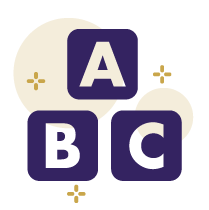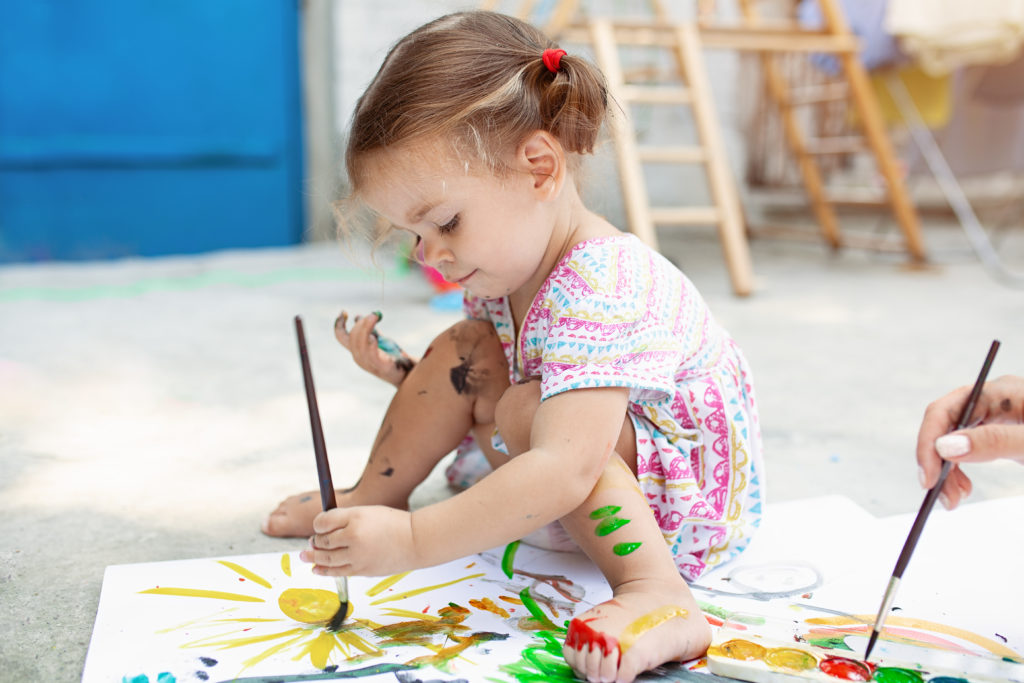
Early Childhood Resources
Overview
From infancy, children begin to learn and discover the world around them. In Right From Birth: Building Your Child’s Foundation for Life, authors Craig Ramey and Sharon Ramey discuss important reasons why parents should not wait until their children enter school to begin to think about their educational growth. Learning, social interactions, emotional development and communication interact and depend on each other, and parents can learn how to provide their children with appropriate experiences that foster optimal development.

Research validates that:
- At birth, a baby’s brain is one-fourth of its adult size; at six months, it will double in size; and at two and one-half years, the toddler’s brain has reached its full adult size.
- Synapses are the connections in the brain that make thinking possible. At the age of three, a child’s brain has 1,000 trillion! But from this point on, the brain will begin to shut down the synapses that are not being used. If the baby gets a lot of playtime, language stimulation and hugs, she will keep more of her synapses for later life. If she is left alone or put in front of the television for long periods of time, her synapses will shut down at a faster rate.
- Parents and those who care for children when parents are away are the child’s most important teachers.
- All of an infant’s senses are active from birth.
- Babies take in information about the world through smelling, tasting, seeing, hearing and touching.
- Babies like to explore by putting things in their mouths. By putting objects in their mouths, babies are learning about the world and stimulating their brains.
- As babies figure out how to make things happen, they are learning the important concept of “cause and effect.” Babies learn that when they cry a certain way, they will be fed; when they laugh, they will get special attention. This helps them learn that there are consequences to their actions and allows them to be in control of the things that happen in life.
Resources
Ramey, C and S. Ramey (1999). Right from birth: Building your child’s foundation for life. New York:
Goddard Press.
Ramey, S. and Ramey, C (1999). Going to school: How to help your child siucceed. New York: Goddard Press.
Free Resources
7 Essentials – Guiding Principles to Help Your Child Every Day
10 Hallmarks of Children Who Succeed in School
